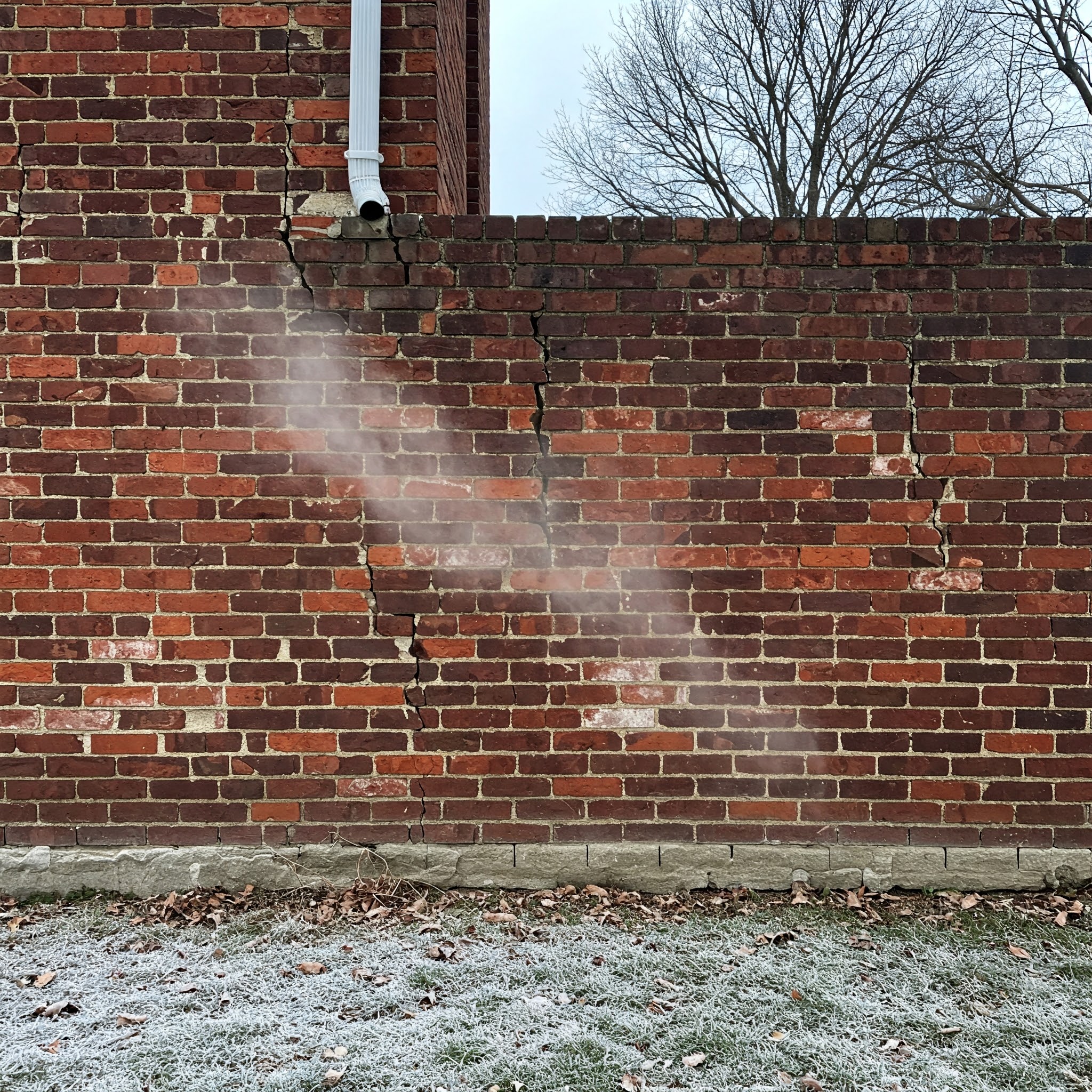The Silent Saboteur: How Cracked Mortar Affects Your Energy Bills in Chicago

When most Chicago homeowners think of high energy bills, they blame drafty windows, poor insulation, or an aging HVAC system. But what if the real culprit is hiding in plain sight—right between your bricks?
Cracked or deteriorating mortar in your brick walls may not seem urgent, but it’s quietly working against your home’s energy efficiency. In a city like Chicago, where winters are brutal and summers swelter, every bit of insulation matters. This blog breaks down how failing mortar impacts your energy costs and how professional tuckpointing can help you save.
What Is Mortar and Why Does It Matter?
Mortar is the binding material that holds bricks together. Over time, weather, moisture, and Chicago’s notorious freeze-thaw cycles cause that mortar to crack, crumble, or wear away. When this happens, gaps form between your bricks, compromising the thermal envelope of your home. That means heat escapes in the winter, cool air leaks out in the summer, and your HVAC system has to work overtime to maintain a comfortable temperature.
How Cracked Mortar Impacts Your Energy Efficiency
Let’s break down what’s really happening behind those brick walls:
- Heat Loss in Winter: Gaps in your mortar allow warm indoor air to escape, especially around chimneys, exterior walls, and window sills.
- Cool Air Loss in Summer: Air conditioning seeps out, and humid Chicago summer air creeps in, making your AC work harder.
- Increased Energy Bills: Your furnace and AC cycle more often, using more energy and increasing monthly utility costs.
- Drafts & Cold Spots: If you’ve noticed chilly areas near brick walls, cracked mortar could be the cause.
Why This Matters More in Chicago
Chicago homes face extreme temperature swings and moisture-heavy air—conditions that accelerate mortar decay. The Lake Michigan effect, along with freezing winters and humid summers, makes brick maintenance even more critical. In fact, if you live in neighborhoods like Lincoln Park, Wicker Park, or Hyde Park, where many homes are historic or made of older masonry, your home may be more vulnerable to energy loss due to aging mortar.
What Is Tuckpointing and How Can It Help?
Tuckpointing is the process of removing deteriorated mortar and replacing it with fresh, structurally sound mortar. Done professionally, it restores both the appearance and energy efficiency of your brickwork.
Benefits include:
- Restores the air seal of your exterior walls
- Prevents moisture intrusion and mold growth
- Enhances your home’s insulation and energy performance
- Increases your property value and curb appeal
Signs You May Need Tuckpointing
- Crumbling or flaking mortar
- Visible gaps between bricks
- Water leaking through walls or chimney
- Higher than normal energy bills
- Cold drafts near brick walls
If any of this sounds familiar, it might be time to schedule an inspection with a Chicago tuckpointing contractor. Don't let cracked mortar silently steal from your wallet. A quick tuckpointing assessment could reveal the real reason your energy bills have crept up. If you're in Chicago or the surrounding suburbs, contact a trusted local tuckpointing expert to get your masonry inspected today. Your comfort—and your bank account—will thank you.